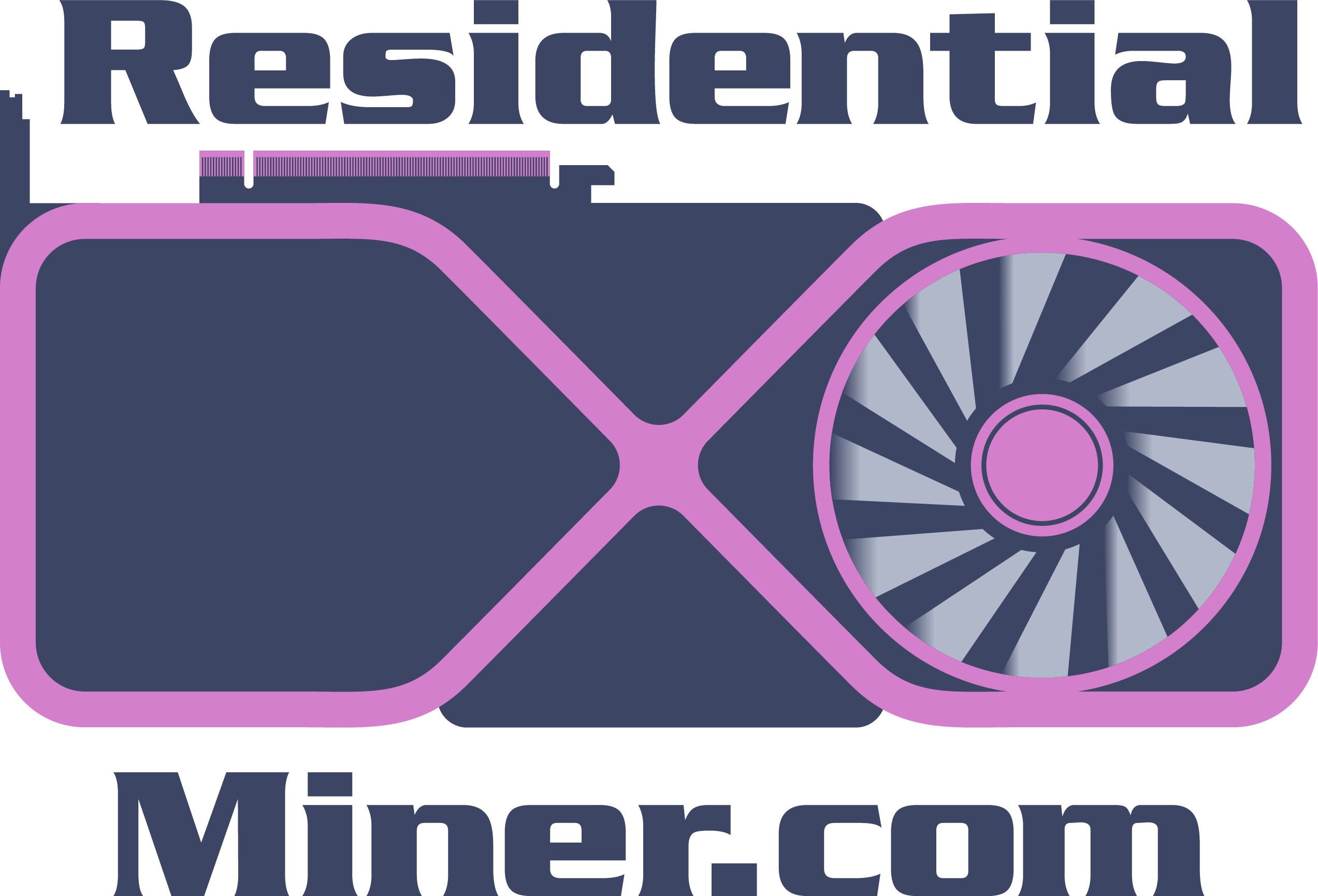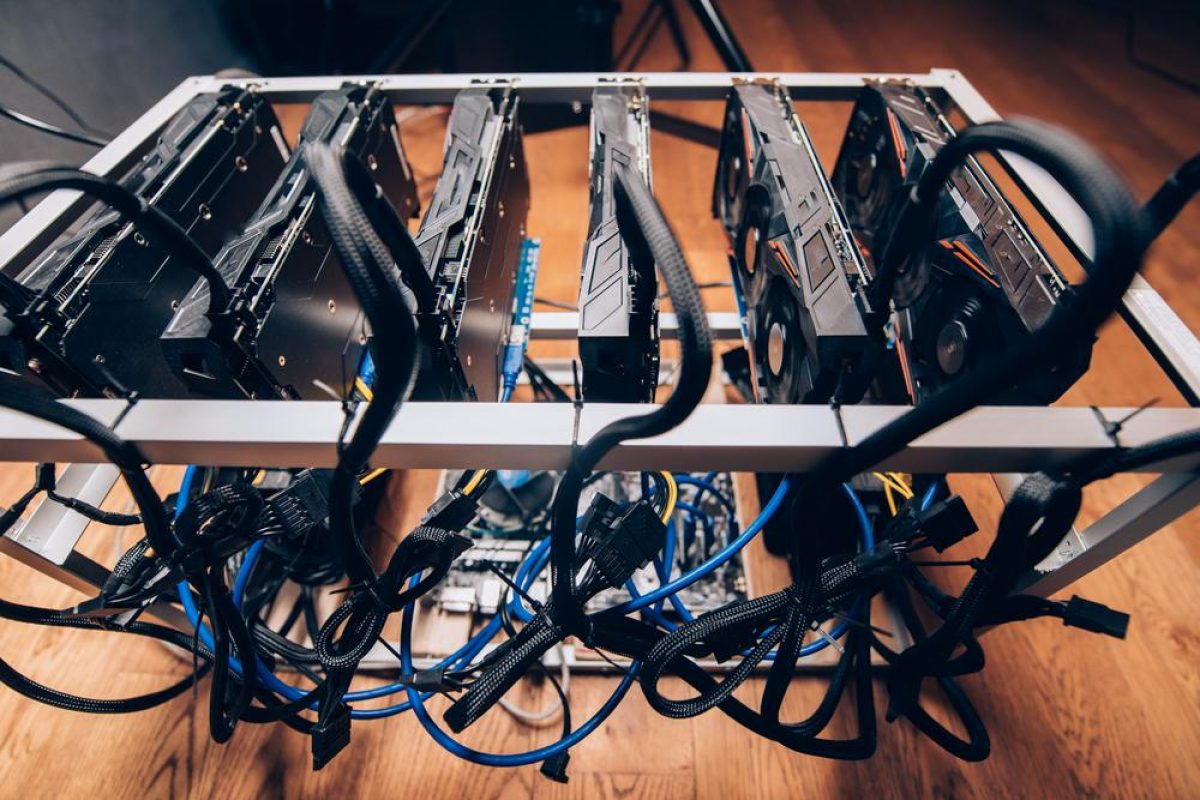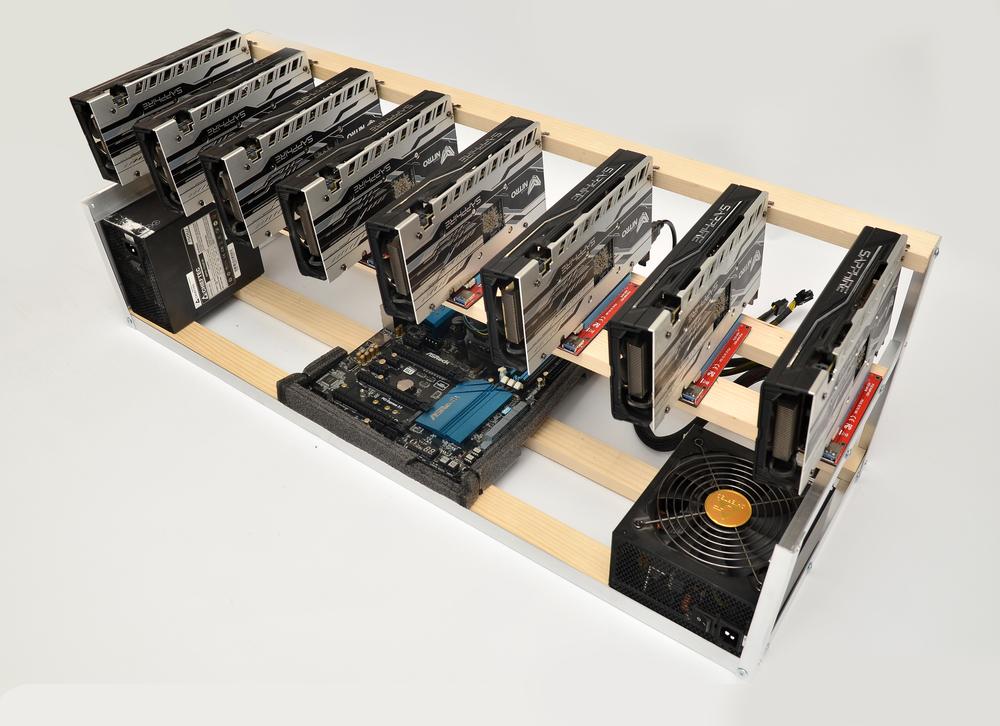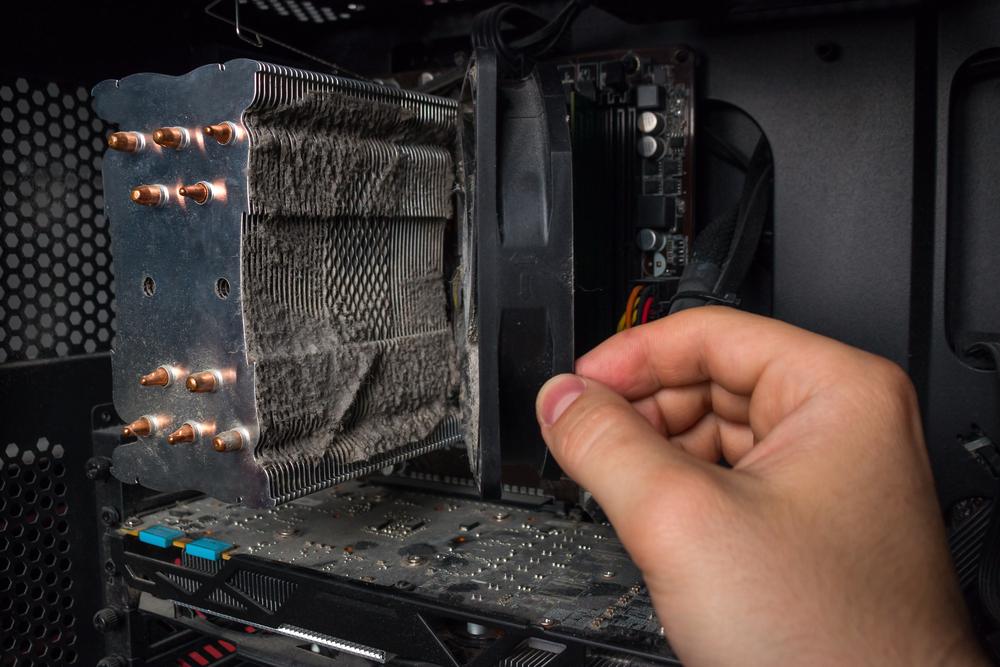The world of cryptocurrency mining is booming, attracting individuals seeking to participate in the decentralized economy and earn rewards. However, for aspiring miners, navigating the intricacies of this process can be daunting, especially when it comes to choosing the right mining pool. While many resources focus solely on factors like payouts and fees, this approach paints an incomplete picture.
The reality is, selecting the best mining pool requires a deeper understanding beyond just the surface-level numbers. This comprehensive guide aims to empower you, the miner, to make informed decisions by going beyond the traditional metrics and exploring crucial factors that significantly impact your overall mining experience and profitability.
Before delving into the complexities of evaluation criteria, let’s establish a solid foundation.
Key Takeaways
- Choosing the right mining pool goes beyond just payouts and fees. Consider hashrate, server uptime, transparency, and community support for optimal results.
- Research pool reputation, payment methods, minimum payout thresholds, and location to tailor your selection to your needs and goals.
- Prioritize reliable, secure, and transparent pools with a strong community to ensure a positive mining experience.
Neurai (XNA) Mining Pool Comparison
| Feature | 2Miners | Herominers | NeuraiPool |
|---|---|---|---|
| Hashrate (TH/s) | 0.75 | 0.20 | 0.15 |
| Payout Method | PPS+ | PPS | PPS |
| Pool Fee (%) | 1.0 | 1.0 | 0.5 |
| Minimum Payout (XNA) | 100 | 100 | 100 |
| Server Locations | Global | Europe, USA, Asia | USA |
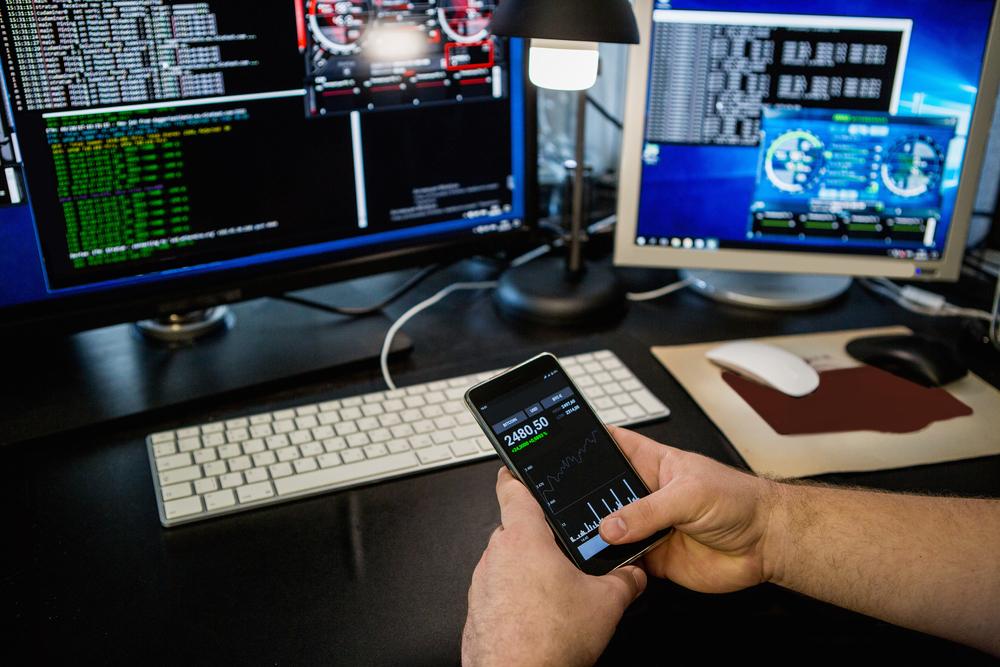
Understanding Mining Pools: A Basic Overview
Understanding Mining Pools: A Basic Overview
In the realm of cryptocurrency mining, individual miners compete to solve complex mathematical problems, verifying transactions and adding new blocks to the blockchain. However, the sheer computing power required to consistently solve these problems can be immense, especially for individuals with limited resources.
This is where mining pools come into play. They function as collaborative entities, combining the computing power of numerous miners to increase the chances of successfully solving blocks and earning rewards.
These rewards are then distributed among pool participants based on their individual contribution, typically measured by the amount of hashing power they contribute. There are different types of mining pools, each with its own reward distribution mechanism. Popular options include pay-per-share (PPS) pools that offer a fixed payout for each valid share submitted, and lottery-based pools where miners compete for a portion of the block reward based on their contribution.
Understanding these fundamental concepts is crucial for navigating the world of mining pools and ultimately selecting the one that best aligns with your individual needs and goals.
In the next section, we’ll delve deeper into the key factors that extend beyond payouts and fees, empowering you to make informed decisions for a successful and rewarding mining experience.
Beyond Payouts and Fees: Key Evaluation Criteria
While payouts and fees undoubtedly play a role in any mining pool decision, they are just two pieces in a larger puzzle. To ensure sustainable and profitable mining, it’s crucial to consider a wider range of factors that contribute to the overall experience and success. Here are some key evaluation criteria to consider:
1. Hashrate:
The hashrate of a mining pool represents its combined computing power, measured in units like megahashes per second (MH/s) or gigahashes per second (GH/s). A higher pool hash rate generally translates to a higher probability of successfully mining blocks and potentially larger payouts for individual miners. However, it’s essential to remember that with a larger pool comes increased competition for rewards, potentially impacting your individual share.
2. Pool Fees:
Mining pools typically charge various fees to cover operational costs and incentivize pool maintenance. Common fees include:
- Transaction fees: These fees cover the cost of broadcasting successful block solutions to the network.
- Pool fees: These fees are levied by the pool itself to maintain operations and infrastructure. They can be structured in various ways, such as a flat percentage of mined rewards or a fixed fee per share.
- Withdrawal fees: Some pools charge miners additional fees when withdrawing their earned rewards.
It’s essential to carefully analyze the fee structure of each potential pool and compare it to their hash rate and payout structure to determine the overall profitability.
3. Server Uptime and Reliability:
Consistent uptime and stable server operation are fundamental for successful mining. Frequent downtime translates to lost mining opportunities and potential profit loss. Choose pools with a proven track record of high uptime and reliable server infrastructure to ensure uninterrupted mining operations.
4. Transparency and Security:
When trusting a pool with your computing power and potential rewards, transparency and security are paramount. Look for pools that demonstrate clear and transparent fee structures, regular reporting on pool activities, and robust security measures to protect your data and mined cryptocurrency.
5. Community and Support:
An active and supportive community can be invaluable for new and experienced miners alike. Look for pools with active forums, online resources, and responsive support teams who can answer your questions, offer troubleshooting assistance, and keep you informed about pool updates and changes.
By going beyond just payouts and fees, and by carefully considering these key evaluation criteria, you can equip yourself with the knowledge and insight necessary to choose the best mining pool that aligns with your individual needs and optimizes your chances of success in the ever-evolving world of cryptocurrency mining.

Additional Considerations: Going Beyond the Basics
Additional Considerations: Going Beyond the Basics
Having explored the key evaluation criteria, let’s delve deeper into some additional considerations that can impact your mining experience and success:
1. Payment Methods:
Mining pools offer various payment options for your earned rewards. These can include:
- Direct cryptocurrency payouts: This is the most common option, where you receive your rewards in the same cryptocurrency you are mining.
- Fiat currency conversions: Some pools allow you to convert your earned cryptocurrency into fiat currency (e.g., USD, EUR) for easier withdrawal. However, this might incur additional conversion fees.
Consider your personal preferences for holding and utilizing your mined cryptocurrency when choosing a payment method.
2. Minimum Payout Threshold:
Many pools have a minimum payout threshold, meaning you need to accumulate a certain amount of rewards before you can withdraw them. This threshold can significantly impact smaller miners with limited mining capacity. Choose a pool with a reasonable payout threshold that aligns with your expected mining output.
3. Location and Latency:
While geographical location might not be a critical factor for all pools, in specific cases, it can have an impact. Choosing a pool located closer to your physical location can potentially minimize network latency, the time it takes for data to travel between your mining rig and the pool’s servers. Reduced latency can potentially improve efficiency, especially for miners using Proof-of-Work (PoW) algorithms.
4. Pool Reputation and Reviews:
Conducting thorough research on a pool’s reputation is crucial. Utilize online resources to:
- Read user reviews and community feedback: Look for consistent positive experiences and be wary of recurring complaints.
- Check independent evaluations and expert opinions: Utilize reputable sources in the cryptocurrency space for insights into various mining pools.
- Research the pool’s history and track record: Investigate how long the pool has been operational and its overall performance over time.
By taking these steps, you can gain valuable insights into the pool’s reliability, trustworthiness, and potential for a positive mining experience.
Remember, choosing the right pool requires a holistic approach, considering not just the obvious factors like payouts and fees, but also these additional considerations to optimize your success in the world of cryptocurrency mining.
Choosing a Pool Based on Your Coin: Utilizing Mining Pool Stats
While the general principles discussed previously hold true for most mining pools, the specific pool you choose can also be influenced by the cryptocurrency you’re mining. Luckily, valuable resources like https://miningpoolstats.stream/ can provide valuable insights into selecting a suitable pool regardless of the coin.
This platform allows you to navigate through different cryptocurrencies and explore available mining pools. Each pool listing provides information crucial for making informed decisions, such as:
- Hashrate: This metric indicates the pool’s combined computing power, influencing your potential mining difficulty and profitability.
- Block reward: This refers to the amount of cryptocurrency awarded to miners for successfully adding a block to the blockchain.
- Pool fees: These fees cover operational costs and incentivize pool maintenance. Analyze the fee structure to understand its impact on your earnings.
- Server locations: Consider geographical proximity to minimize network latency, potentially improving efficiency for specific algorithms.
- User reviews: Utilize these as a starting point to gauge the pool’s reliability, support quality, and overall user experience.
Remember, Mining Pool Stats serves as a starting point for research. Before joining any pool, conduct further independent investigations:
- Visit the pool’s official website: Review their fee structure, supported coins and algorithms, and security measures.
- Read user reviews and community feedback: Gain valuable insights into the pool’s reputation, reliability, and support responsiveness.
- Ensure the pool supports your chosen coin and algorithm: Different coins often utilize specific algorithms, so confirm compatibility before joining a pool.
By combining this information with the general evaluation criteria discussed earlier, you can make informed decisions when selecting a mining pool, regardless of the specific cryptocurrency you’re targeting.
VI. Conclusion
The journey to becoming a successful cryptocurrency miner involves making informed decisions. While payouts and fees are undoubtedly important considerations, this guide has emphasized the crucial need to look beyond these surface-level indicators when selecting a mining pool.
By understanding the key evaluation criteria like pool hash rate, server uptime, transparency, and community support, you gain the necessary knowledge to make informed choices. Additionally, considering payment methods, minimum payout thresholds, location, and pool reputation provides a comprehensive perspective to optimize your mining experience.
Remember, prioritizing reliable, secure, and transparent mining pools with a strong community is paramount. Conduct thorough research, compare options based on your individual needs and goals, and don’t hesitate to seek further information from reputable sources within the ever-evolving world of cryptocurrency mining.
The future of mining pools is likely to involve advancements in technology such as the integration of artificial intelligence and the rise of cloud-based mining solutions. Staying informed about these trends through industry news and reliable resources will ensure you remain equipped to make informed decisions and adapt to the ever-changing landscape of cryptocurrency mining.
Glossary of Terms: Mining Pools and Cryptocurrency Mining
Hashrate (TH/s): A measure of a mining pool’s or individual miner’s computing power, expressed in Terrahashes per second (TH/s). Higher hash rate indicates a greater chance of successfully mining blocks and earning rewards.
Payout Method: The mechanism by which a mining pool distributes rewards among its participants. Common methods include:
- Pay-per-share (PPS): Miners receive a fixed reward for each valid share they submit, regardless of whether the pool successfully mines a block.
- Full Pay-per-share (FPPS): Similar to PPS, but miners receive a portion of the transaction fees associated with the block, in addition to the base reward.
- Score-based: Rewards are distributed based on a score assigned to each miner, which can be calculated using various factors like submitted shares and their difficulty.
- Payout per block: Miners receive a portion of the block reward, proportional to their contribution to the pool’s hash rate.
Pool Fee: A fee charged by the mining pool to cover operational costs and incentivize pool maintenance. These fees can vary in structure and include:
- Transaction fees: Costs associated with broadcasting successful block solutions to the network.
- Pool fees: Levies charged by the pool itself for operations and infrastructure.
- Withdrawal fees: Additional fees charged for withdrawing earned rewards.
Minimum Payout Threshold: The minimum amount of cryptocurrency a miner needs to accumulate before they can withdraw their earnings from the pool.
Server Uptime: The percentage of time a mining pool’s servers are operational and accessible to miners. High uptime is crucial for uninterrupted mining operations.
Transparency: The degree to which a mining pool openly shares information about its operations, fees, and activities. Transparent pools typically provide clear documentation, regular reports, and open communication with their users.
Community Support: The availability of resources and assistance offered by the mining pool to its members. This can include forums, FAQs, knowledge bases, and responsive support teams.
PoW (Proof-of-Work): A consensus mechanism used in some cryptocurrencies like Bitcoin, where miners compete to solve complex mathematical problems to validate transactions and earn rewards.
Fiat Currency: Traditional government-issued currencies like USD, EUR, or JPY.
Cloud Mining: Renting computing power from a cloud-based service for cryptocurrency mining.
